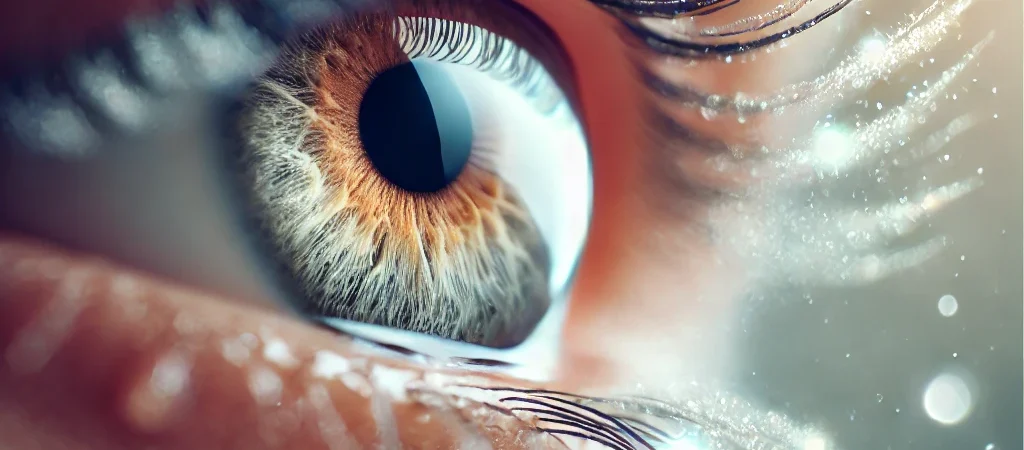Understanding Light Sensitivity: Causes, Dry Eye Connection, and Lifestyle Changes
What Causes Light Sensitivity?
Light sensitivity, also known as photophobia, occurs when the eyes become overly sensitive to light, leading to discomfort, squinting, and headaches. Several factors contribute to this condition, including:
- Dry Eye Syndrome – A common cause of light sensitivity due to inadequate tear production, leading to irritation and inflammation.
- Migraine Headaches – Bright lights can trigger or worsen migraines.
- Eye Strain from Screens – Prolonged exposure to blue light from screens increases sensitivity.
- Corneal Damage – Injuries, infections, or surgeries affecting the cornea can heighten sensitivity.
- Underlying Conditions – Conditions like uveitis, keratitis, or conjunctivitis can contribute to photophobia.
How Dry Eye Contributes to Light Sensitivity
Dry eye occurs when the eyes fail to produce enough high-quality tears, leading to:
- Irritation and Inflammation – A lack of moisture makes the eyes more vulnerable to light.
- Increased Corneal Exposure – Without adequate tears, the cornea becomes more exposed, making it sensitive to bright light.
- Reduced Tear Film Protection – The tear film helps regulate light entering the eye; an imbalance causes discomfort in bright conditions.
Lifestyle Changes to Manage Light Sensitivity
1. Switch Out Your TV for a Projector
A projector can significantly reduce eye strain and light sensitivity because the image is reflected off the wall rather than directly entering your eyes like a traditional TV screen. This indirect lighting approach reduces harsh brightness and blue light exposure.
2. Use an E-Ink Device Like BOOX Onyx
Instead of reading or browsing on an LCD screen, an e-ink device such as the BOOX Onyx mimics the appearance of printed paper. This reduces blue light exposure, preventing digital eye strain and making extended reading more comfortable.
3. Rejuvenate Your Eyes with a Face Mister
A face mister or eye mist spray helps hydrate the eyes, reducing dryness and irritation. Some misters contain hyaluronic acid or electrolytes, which help retain moisture and provide soothing relief.
4. Incorporate Omega-3 Fatty Acids
Omega-3 fatty acids, found in fish oil, flaxseed, and walnuts, are essential for maintaining healthy eyes. Studies have shown that omega-3s:
- Improve tear quality by enhancing oil production in the meibomian glands.
- Reduce eye inflammation linked to dry eye syndrome.
- Support overall eye health, decreasing sensitivity to light.
Scientific Evidence Supporting Omega-3 for Eye Health
- A 2019 study in the British Journal of Ophthalmology found that daily omega-3 supplementation reduced dry eye symptoms by 30%.
- Research published in Cornea Journal highlighted that omega-3 intake helps restore tear film balance, reducing irritation and photophobia.
- A 2020 clinical trial demonstrated that EPA and DHA (types of omega-3s) improved eye hydration and comfort in individuals with chronic dry eye.
Final Thoughts
Light sensitivity can significantly impact daily life, but by making simple adjustments—such as switching to a projector, using e-ink devices, incorporating a face mister, and supplementing with omega-3 fatty acids—you can effectively reduce discomfort. Understanding the role of dry eye in photophobia allows for proactive care, helping you protect and soothe your eyes naturally.
Below are products that helped others with light sensitivity and have been reviewed positively.


![[Electric Focus] 4K Support Projector with WiFi6 and Bluetooth 5....](https://m.media-amazon.com/images/I/51mO30Bev2L.jpg)


